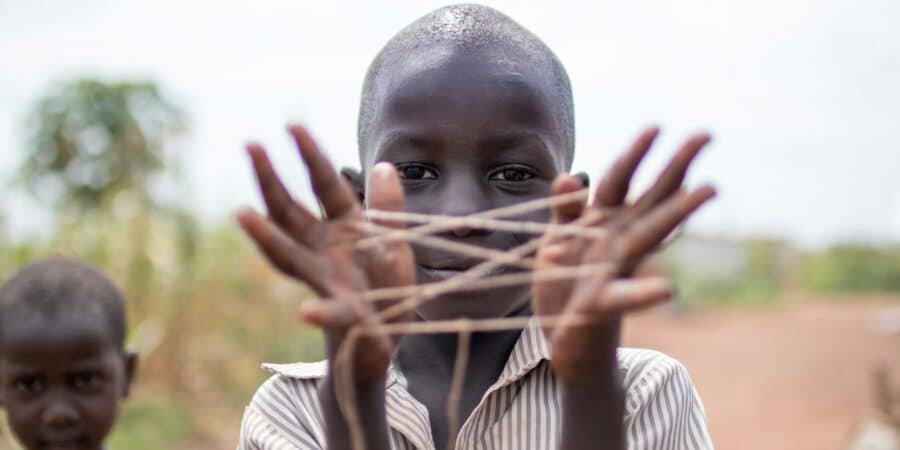When it comes to philanthropy, choosing where to donate can be daunting. With numerous organizations claiming to make a difference, how do you ensure your contributions are genuinely impactful? This is particularly true for donations to African charities, where transparency and on-ground effectiveness are crucial. We will discuss the criteria used to evaluate these charities, including financial transparency, on-ground impact, and administrative expenses, and highlight how organizations, like ours, adapt to and address local challenges effectively.
Criteria for Evaluating Charities
Financial Transparency
A reputable charity should have clear financial statements, showing where donations are allocated. This includes a breakdown of how much is spent on administrative costs versus how much directly funds programs. Look for charities that publish annual reports and are audited by independent organizations. Transparency ensures that your donations are used effectively and responsibly.
On-Ground Impact
The real measure of a charity’s effectiveness is its impact on the ground. Look for organizations with documented evidence of their work, such as success stories, case studies, and third-party evaluations. Charities that can demonstrate tangible improvements in the communities they serve provide a higher assurance that your contributions are making a real difference.
Administrative Expenses
While all charities incur some administrative expenses, those that minimize these costs and allocate the majority of their funds to program services are more likely to have a direct impact. Ideally, a charity should spend no more than 25% of its budget on administrative costs.
Alignment with UN Sustainable Development Goals
All Microfinancing Partners in Africa programs align with the United Nations Sustainable Development Goals (SDGs). As the graphic indicates, the number one goal is to eradicate poverty. While this goal seems lofty, working together makes it possible and hopefully a reality within the next 20 years. Microfinancing is key to eradicating extreme poverty worldwide. In addition to eradicating poverty, the other top six goals include zero hunger, good health and well-being, quality education, and clean water/sanitation. Since its inception in 2006, Microfinancing Partners in Africa has developed programs addressing these issues to help people out of extreme poverty. Education is crucial in preventing generational poverty, while clean water and good health enable people to have productive hours and create sustainable income sources. When people have income, they can feed their families and send their children to school, thereby creating a sustainable cycle of improvement.
Conclusion
Choosing the right charity to support can be challenging, but focusing on those with proven track records in financial transparency, on-ground impact, and effective use of resources can guide you towards making an informed decision. The charities listed above have demonstrated their ability to make a significant difference in African communities, ensuring that your donations are used effectively to bring about real change.
By supporting these organizations, you can have confidence that your contributions are making a genuine difference. Whether your interest lies in microfinance, education, or healthcare, these charities provide impactful and sustainable solutions to some of Africa’s most pressing challenges.

